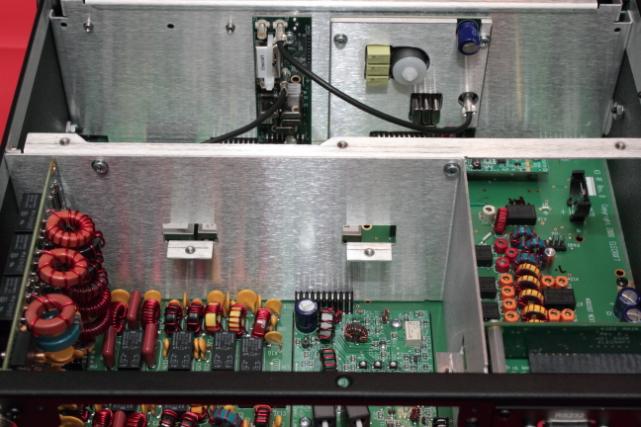The outdated DB9 Serial / RS-232 connection on the back was my first complaint when I was looking at the specs. Regardless of all the "reasons" posted by the Elecraft fanaticson their email list, an RS-232 port is still a bad idea. The "reasons" typically given are that USB chipsets are difficult to maintain drivers for, a lot of hams still have PC's with serial ports (really??), etc.
Look, the RS-232 standard is from 1969. It is obsolete. My teenagers don't even know what a serial cable is. There is so much more that could be done with a USB bus connection, if they would only stop to think of the possibilities. Radio manufacturers need to stop taking the lazy, easy route with PC interfaces and use up to date standards.
As one of the "fanatics" who defended the use of the RS-232 connection on the Elecraft list I have to say that I think the suggestions that the K3 should have a USB port are narrow minded. The USB is a consumer interface intended for devices designed specifically to use with a PC. RS-232 is a standard that has stodd the test of time and provides the user with far more flexibility while still not preventing the connection to a USB port should that be required.
By providing an RS-232 port Elecraft has made it possible to interface with non-PC devices, for example a PIC based keyboard that could allow RTTY or PSK31 use without a computer using the modems built in to the K3. It could also interface with Ethernet-RS232 adapters - think remote control over the internet. Why lose that functionality just to save people the bother of using a $10 USB adapter instead of a straight serial cable that probably cost about the same?
I upgraded my shack PC this year and have just installed a 4-port serial card. Yes they are still available, even for PCs that only have the latest PCI-E slots like mine. I wonder if USB will still be around in 40 years time?


